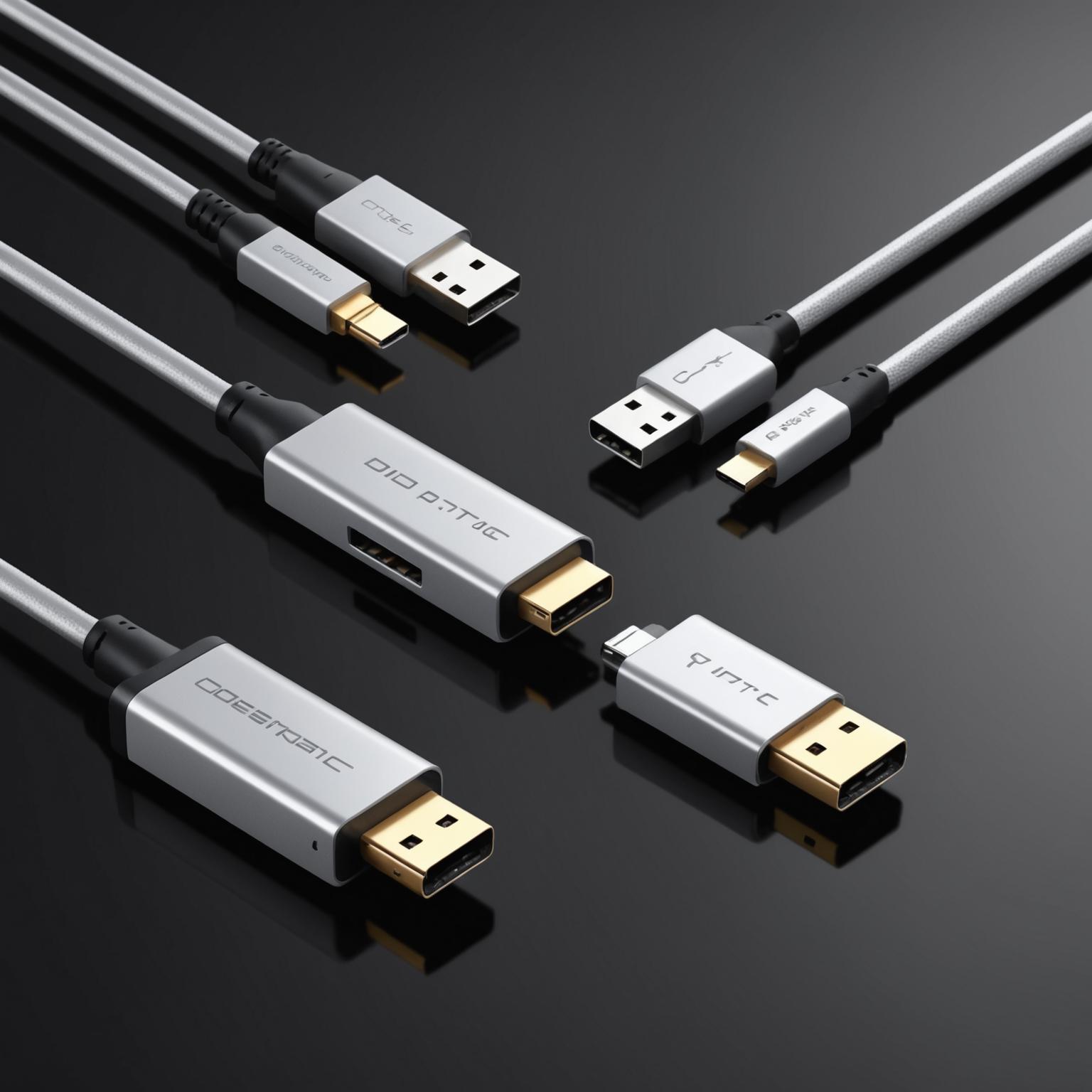The Unseen Complexity of Modern Connectivity
This is our independent website, you can check out our products.https://pjcases.com
The evolution of digital connectivity has led us to a versatile and powerful standard: the type-c data cable. No longer just a simple wire for charging, this connector has become the universal interface for a vast array of devices, from smartphones and laptops to high-resolution monitors and external storage. Its rise to prominence is not accidental; it is the result of a sophisticated engineering design that consolidates data transfer, power delivery, and video output into a single, compact, and reversible connector. Understanding the technical intricacies behind this standard is crucial for leveraging its full potential and making informed choices when selecting a cable for specific applications.
Anatomy of a USB Type-C Cable
At its core, a USB Type-C cable is defined by its 24-pin, symmetrically-built connector. This design is what makes it reversible, eliminating the frustration of older USB-A connectors. But the magic lies within those 24 pins. They include dedicated pins for power (VBUS) and ground (GND), legacy USB 2.0 data lines (D+/D-), and multiple high-speed data lanes (TX/RX pairs). The most critical components, however, are the Configuration Channel (CC) pins. The CC line is responsible for detecting cable orientation, establishing a USB Power Delivery (PD) contract between devices to negotiate voltage and current, and enabling “Alternate Modes,” which allow the cable to carry non-USB protocols. This complex architecture is what enables a single USB Type-C cable to handle everything from basic charging to driving a 4K –display while simultaneously transferring files at gigabit speeds.
Protocols, Speeds, and Power Delivery
The term “Type-C” refers only to the physical connector shape; the capabilities of the cable depend on the underlying protocol it is built to support. A basic cable might only support USB 2.0 speeds (480 Mbps), suitable for charging and light data tasks. However, more advanced cables support protocols like USB 3.2 Gen 2, offering speeds up to 10 Gbps, or even USB4, which can reach 40 Gbps, matching the performance of Thunderbolt 3 and 4. This wide range of performance is a key consideration. Furthermore, the USB Power Delivery (PD) standard allows for intelligent and high-power charging. A PD-enabled cable can negotiate with a compatible charger and device to deliver up to 240 watts of power, enough to charge high-performance laptops, a significant leap from the 7.5 watts of basic USB. The cable’s internal E-Marker chip communicates its capabilities to the connected devices, ensuring safe and optimal performance for both data and power.
Extending Your Reach: The Type-C Female to Male Cable
In some scenarios, the standard length of a cable is insufficient, which is where a Type-C female to male cable comes into play. These extension cables provide extra length and flexibility for connecting peripherals or reaching awkwardly placed ports. However, introducing an extension adds another point of potential failure and signal degradation. For low-power charging or USB 2.0 data, most quality extensions will work fine. But for high-speed data transfer (10 Gbps or higher) and high-wattage Power Delivery, the quality of the extension is paramount. A poorly constructed Type-C female to male cable can lead to a significant drop in data speed, an inability to negotiate high power levels, or flickering video when used with a DisplayPort or HDMI Alt Mode. It is essential to select an extension cable that is explicitly rated for the required protocol (e.g., USB4, Thunderbolt) and power level to maintain the integrity and performance of the original connection.
